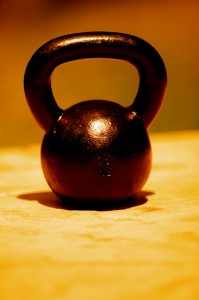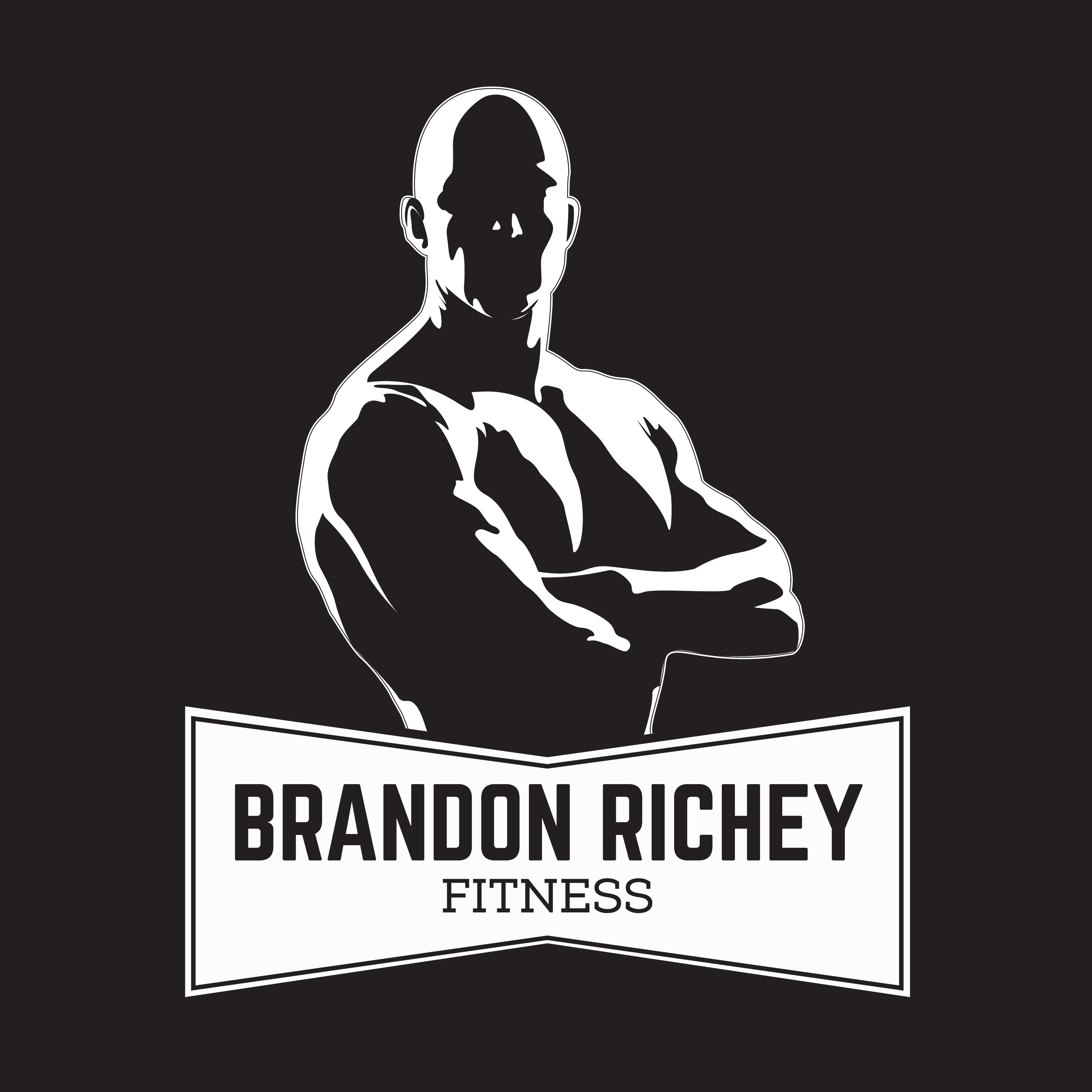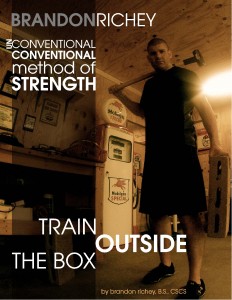
Some Kettlebell Reviews…

So lately I’ve been getting some questions in my email about what the differences are in the different types of kettlebells. There are obviously a ton of different types of bells and name brands out on the market. Because of the curiosity I decided to devote this blogisode with helping you to learn about the differences in kettlebells and what may work best for you and your particular situation. Read on my young Jedi!
Some General Kettlebell Info…
First of all, I want to be clear that I’m not going to be addressing every single name brand of kettlebell, but I’ll try to touch on the different types along with how different designs can be used for different purposes. There are pros and cons to most anything, but that’s just life. There is a give and take and that’s the point of having variety in the first place. In regard to kettlebells once you recognize this then you can better make a decision as to what particular type of kettlebell may suit your needs the best.
Note: All pros and cons that are given below are done so assuming that your lifting technique and ability to implement dynamic kettlebell lifts is nothing shy of super awesome. Ok, maybe not super awesome, but at least well on your way to super awesome! Keep in mind that whether you have strong feelings towards one type of bell over another I’m still pointing out BOTH the pros and cons of each as I see it. I’m just presenting the practical use of each type and from there you are able to draw your own conclusions in regard to the product(s).
The Adjustable Kettlebells:
Pros: Well if you want to be very conservative with space and equipment then this may be a good option for you. Adjustable kettlebells are generally made up of a stack or consist of a bottom that adjusts for varying weight. This stack can be adjusted with a pin or clip to apply the desired weight. It’s great if you are tight on storage space.
Cons: Once again the design of these things are always changing, but essentially we are talking about a free weight that does have the ability to come apart due to a pin, clip, or fitting of some kind. I’m not trying to say that these aren’t dependable, but something that has a greater potential to come apart personally makes me nervous, especially if we’re talking about doing overhead dynamic lifts. If this is an option for you perhaps it’s best to limit the types of lifts you’re doing, and stick to just doing deadlifts and swings steering clear of the overhead stuff for general safety.
Cast Iron Bells
Pros: First of all, cast iron kettlebells are durable as hell. If you like durability because you know you’re going to be rough on your equipment then cast iron kettlebells are great. In addition to durability cast iron bells are generally made from a solid piece of iron and you don’t have to worry about anything coming apart.
I personally use cast iron bells because of the durability, but also because they do come in many different sizes ranging anywhere from 4 kgs and going as high as 48 kg. (106 lbs.). The different sizes vary with the weight of the bells which also allows for some variety in performing different kettlebell lifts. Don’t worry I’m not using anything as light as 4 kg, I was just pointing out the range! 🙂
In this regard the different sizes can add some variety to your training program. I personally like Dragondoor kettlebells. They come with a rust resistant coating and they are often good about offering deals on buying either pairs or progressive sets of varying weight. This allows you make purchases to where you can have an equal set to perform some dual bell lifts. You can check those out here on the banner below.

Cons: For the same reason these are good for being available in different sizes this can also be a drawback if you are trying to master more technically complex lifts. For instance, the handle width and diameter of the sphere may vary significantly to have an impact on lifting technique from each 4 kg jump in weight.
Vinyl Covered Kettlebells
Pros: We can pretty much refer to the Pros of the cast iron kettlebells for this one in many ways depending on the manufacturer. However, many of the vinyl coated kettle bells do vary in size like the cast iron type. Some are also covered in vinyl that give you a color option for identifying the various weight description of the kettlebells. You can see those here. Also check banner below.

Cons: Also refer to previous description of cast iron bells. In addition to this I know vinyl is a fairly durable material, but I’m not certain of the durability of the bell if the vinyl happens to be penetrated. I would imagine that would cause problems with the bell, but I may have to come back with an update on that at a later date.
Competition Kettlebells
Pros: Competition kettlebells are great. The thing about competition bells is that because of the influence of kettlebell sport these bells are all the same size regardless of weight. Yes, you read that right. A 12 kg is the same as a 48 kg. The reason for this is because it keeps everything consistent for the lifter when learning certain lifts that are implemented in competition kettlebell lifting.
So as a lifter advances he or she don’t need to worry about changing anything in their technique in terms of grip, or their hold as they go up in weight. Keeping technique consistent allows for a rapid progression in getting stronger with certain lifts. In addition to this these bells are durable generally being made from steel and colored coated for weight identification. Click the banner below to see.


Cons: In looking at the cons the only real thing I could point at is the “same size” scenario. I know for the same reason that these are great for all being the same size regardless of weight, this is the very thing that might be a criticism at the same time. Why? Well, because these are all the same in diameter it may put limitations on the variety of lifts that may be able to be executed in certain scenarios. Don’t get me wrong these bells are great, but this may present a potential restriction.
All in all, this is a fairly diverse collection of kettlebells for you to look at if you are thinking about purchasing your own set. Remember that you can utilize one or a combination of them if you feel that may be a better fit for your training needs, or personal gym. Whatever the reason I hope this was a helpful resource to help you narrow the selection. Feel free to let me know what you think by leaving your questions and comments below.
Also if you are wanting to supplement some other unconventional training outside of your kettlebell training make sure you get yourself a copy of my new Brandon Richey’s Unconventional Conventional Method Of Strength ebook right here.
Remember that most anyone can train hard, but only the best train smart my friend. Start your smart training today.






